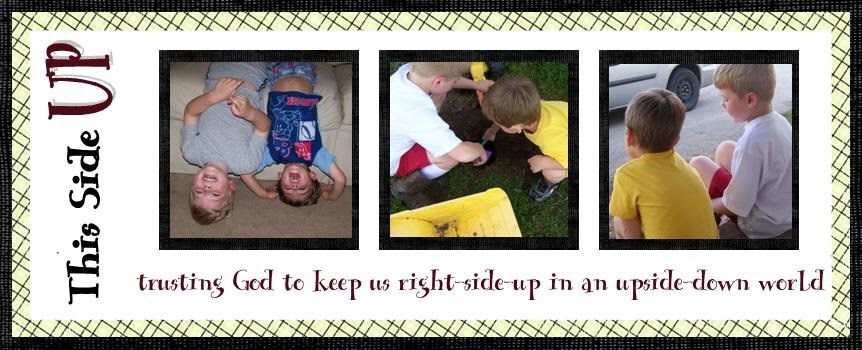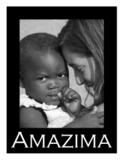*This lesson stretched out over several days
We covered two main areas with regard to leaves--basic leaf structure and photosynthesis (you've never heard cute 'til you've heard a 5 year old saying photosynthesis! *grin*).
First we focused on leaf structure. We read a little bit about leaves in
What Is a Plant? and a pdf book from Montessori for Everyone,
All About Plants (
which you can find here--under the "Botany" heading). We went on another leaf gathering expedition, during which they enthusiastically pointed out many examples of compound leaves.
When we got home, we examined and compared our leaves, talking about similarities and differences in shape, color, structure (i.e., parallel vs. palmate vein structure), size, etc. We chose examples to draw and labeled the main parts (midrib, veins, margin, blade, tip, petiole). We chose some leaves to press and started that process (placed them between layers of newspaper and set heavy books on top--will check on them in a couple of weeks) and then had fun doing more leaf rubbings.
 |
| Connor's labeled leaf drawing |
 |
| Brennan's labeled leaf drawing |
 |
| Leaf rubbings |
 |
| Setting out leaves to press |
Our next lesson focused on photosynthesis. We had already discussed that the function of a leaf is to produce food for the plant, so now we talked about the process. Again, we read about it in
What Is a Plant?, and then they watched
this animated clip about photosynthesis. Then we sat down and drew and labeled our own photosynthesis diagrams. Connor did most of the work on his own with only a few suggestions from me about where to put labels and draw arrows. I wrote for Brennan and helped him some, but he got quite a bit of it on his own.
 |
| Connor's photosynthesis diagram |
 |
| Brennan's photosynthesis diagram (with Mom's help!) |
We've only done one experiment with leaves so far: we steeped a leaf in boiling water for a few minutes, then let it sit in very warm rubbing alcohol for a couple of hours. When we checked back, the rubbing alcohol was green--it had leached out some of the chlorophyll.









































































